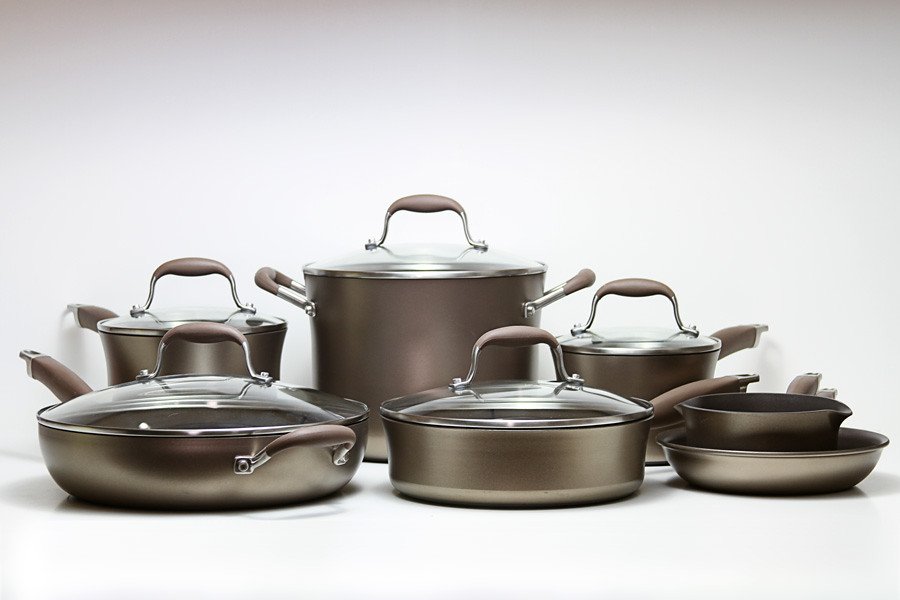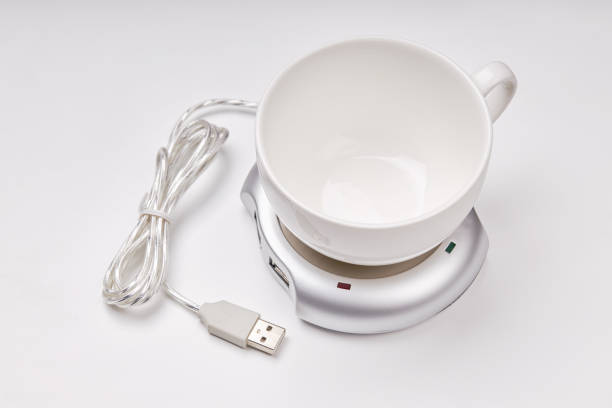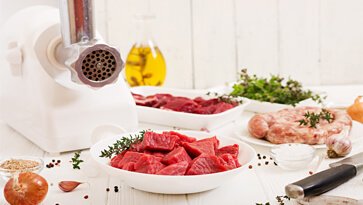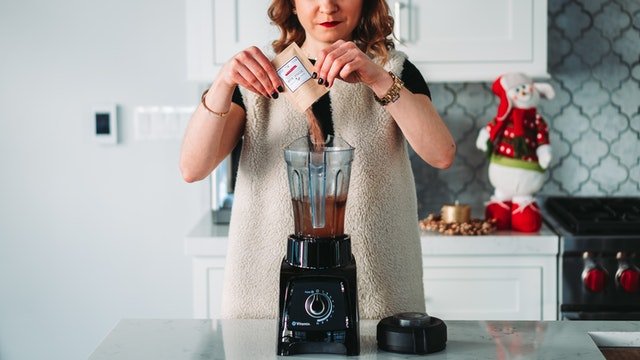Safest Stainless Steel Cookware
Almost every purchase of household commodities nowadays seems to be confusing by health concerns, and when it comes to buying cookware, there’s no exception. Whether alone or with loved ones, if you use a safe, non-toxic, and non-stick cookware, preparing your favorite food will be more enjoyable. Besides, the safest pots are kinda like blessings for you as well as your family.In this case, nothing works as good as the stainless cookware. It is said to be harmless and does not leach any hazardous chemicals. But which one is the safest stainless steel cookware? Is it really safe? Let’s find out. Nowadays, people want to release their kitchens from toxins that can affect their health. Yes, it’s because; some of the dangerous diseases, namely cancer, liver inflammation, ulcer, dementia, are directly related to the contaminants found in cookware.The Teflon-coated pans and cooking utensils with a copper or aluminum coating are among the most common forms of cookware. But do you know, PTFE and PFOA are both harmful for safety in this Teflon-coated cookware? On the other hand, Aluminum pans and pots are linked with Alzheimer’s disease and can induce leaching. In fact, the matter is also the same with copper, which can leak into the meal and lead to heart problems and even death. So, it’s the most crucial thing to find the safest stainless steel cookware.
Is Stainless Cookware Safe?
Honestly, the answer is yes. But still, some concerns need to be made before making any purchase. Always keep in mind that, if you can ensure that your stainless steel cookware set contains at least 16 percent of chromium, it’ll be safer to use. It’s not our saying; it’s regarded by the Food and Drug Administration (FDA) of the USA to be secured for food interaction.
Although it’s less neutral than some suggest, it’s still healthier and more durable than other volatile cookware, such as copper and aluminum. Let’s have a look at the issues of stainless steel cookware.
Chromium Leaching
The acceptable peak intakes (UL) for chrome are not known because no hard evidence was found at the Institute of Medicine that proves that high levels of chromium are linked with adverse outcomes. However, the daily intake suggested for adults is 50 to 200 mcg. In fact, we require little chromium in our bodies.
But the truth is, most of the chromium we need is already derived from products such as broccoli, apples, poultry, potatoes, dairy products, and beef. This ensures that we can consume extra chromium than the need if our stainless steel cookware leaches chromium in our food. A report of 2013 has proved that the cookware of stainless steel leaches nickel and chromium while cooking.
Nickel Leaching
The trouble of nickel leaching compared to chromium is considerably greater as it is listed in the Toxic Substances and Disease Registry Agency (ATSDR) Substances Priority List. Within our bodies, we just need a bit of nickel, and most of that is already available in our food products such as chocolate, almonds, and grains. In fact, kitchen appliances such as crockpots and coffee makers that have stainless steel construction are also relevant sources.
A study of 2013 has confirmed the conclusions. It says that the cookware of stainless steel contains a considerable amount of iron, chromium, and nickel. If you take into account all the possible nickel sources around us, then we’re literary getting far more than 25-35 mcg nickel every day. Oh my! Isn’t that a considerable amount?
What are the consequences when one is continuously subjected to high nickel levels? Instead of health development, the development of some diseases can be seen, namely, Eczema, lung disruptions, allergies, and cancer.
How to Find the Safest Stainless Steel Cookware?

Looks like stainless steel utensils are somewhat the reason for contaminating foods. Would staying away from them be ideal? Noo! Not at all, except that you are very vulnerable to these metals. If not, then stainless steel cookware can be the safest cookware for you. Let’s discuss some simple tricks to find out the safest stainless steel cookware.
Methods
Simply, you can do the magnet check when you are searching for cookware in stainless steel with less nickel. In fact, you can perform a testing process whether or not the magnet sticks to the surface of stainless steel or sides or edges or wherever. If you find them magnetic, then sit and relax; it is free of nickel.
In some situations, stainless steel skillets have aluminum surfaces in them that may contribute to aluminum rejection in your food if they are exposed. Perhaps you should pay particular attention, not to damage the surface layer of your cookware of stainless steel. Recycling will be a better option.
If you want to reduce the risk of nickel leaching, purchase some specific grades of stainless steel, such as 18/8 and 18/0, that have poor nickel content. In this case, the series of 400 will be ideal, but 300 series stainless steel is all right too.
Do not slow down and use stainless steel cookware for cooking acidic dishes to avoid leaching. After finishing your cooking, remove the meals from your stainless steel skillet without any delay.
If you’ve got a stuck food on your pan, take some time and soak it into the water for a while. It’ll get soften after some time. Do not scrub with harsh detergents, scouring pads or steel wool. If you still need to scrub it, then do it carefully by using a soft sponge and baking soda.
Now that you’ve got the expertise to find the safest stainless cookware, let’s see what benefits it can provide us in particular.
Benefits of Using a Stainless Steel Cookware
- Obviously, they’re extremely easy to clean and maintain
- Comes with a long lifespan if you take good care of them
- The magnetic ones are suitable for induction cooktop
- Versatile usage in the boiler, oven or even on the stove
- Available in various sizes and forms
- Remarkably non-reactive with proper usage
- Incredibly robust and rust, corrosion, scratching, and dentition resistant
- It has a smooth and polished finish that looks decent in any kitchen
- Most of the stainless cookware is dishwasher-safe, and that’s why they are easy to clean
- And the best of all they’re completely recyclable
Final Verdict
Although stainless steel cooking utensils have a few risk components, they are relatively safer than others. Yes, undoubtedly, because the others out there can put a lot more negative impact on your health by contaminating the food items. Still worried about those risky components? Simply follow the above procedures and ensure the safest stainless steel cookware set for you.





